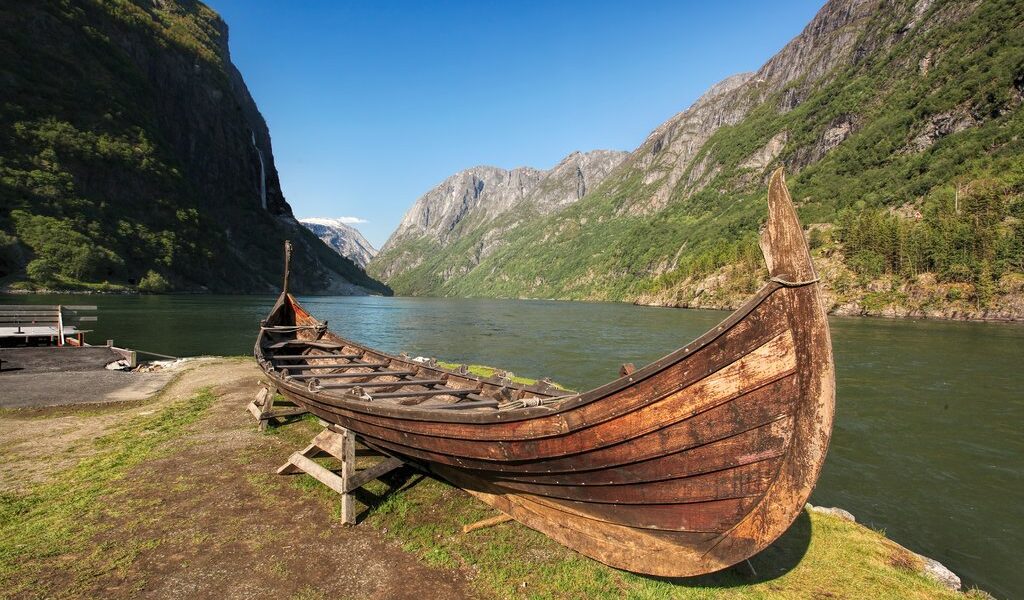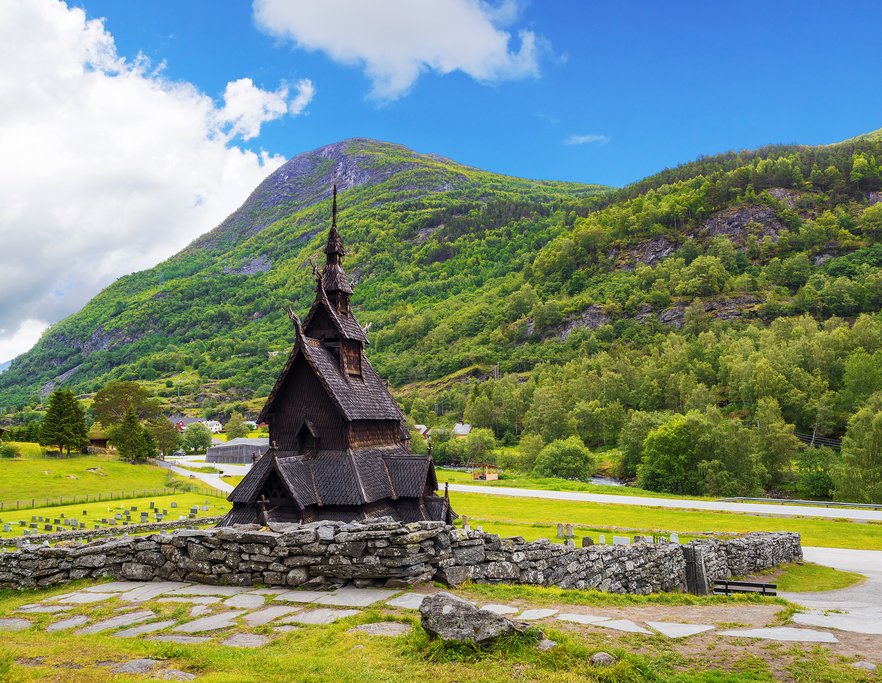
A thousand years ago, Norway’s influence stretched across all of Europe — did you know that even Dublin was a Viking town? Now, its surprisingly global past can still be seen in its landscape, museums, and churches. Here are just a few of Norway’s best historical experiences.
Wherever your travels take you in Norway, prepare to be immersed in a rich tapestry of history. The land itself whispers tales of the past, offering unforgettable experiences that transport you through time. Norway’s history is not merely a collection of dates and events, but a vibrant, living narrative woven into the very fabric of the country. This narrative is evident in its remarkably preserved Viking villages, each a window into a bygone era; in the iconic wooden stave churches, architectural marvels that stand as testaments to the ingenuity and artistry of their builders; and in the countless museums dedicated to unraveling and showcasing Norway’s complex and endlessly fascinating culture.
From the bustling capital of Oslo, where you can marvel at the best-preserved Viking ship in all of Norway, to the breathtaking landscapes of the Lofoten Islands, where vibrant festivals celebrate the country’s heritage, there are boundless opportunities to delve into and appreciate Norway’s captivating history. Every corner of this remarkable country offers a chance to connect with its past, making it a truly unique and enriching destination for history enthusiasts and curious travelers alike.
## Exploring the Viking Heritage Around Bergen
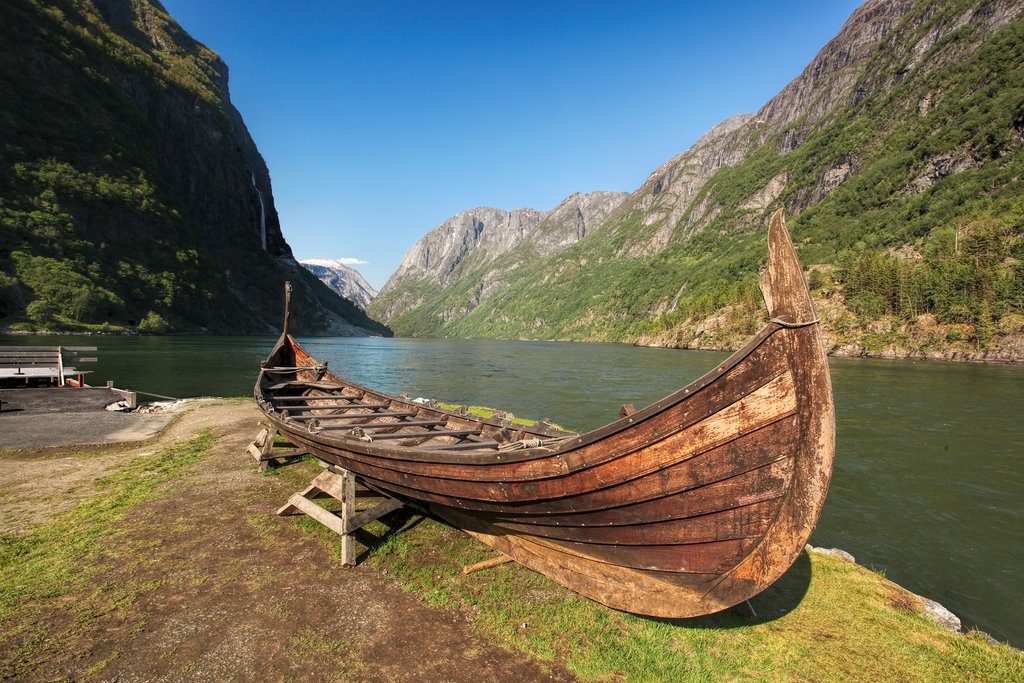
Western Norway is often hailed as the very heartland of the Viking era, a region steeped in history and brimming with echoes of its seafaring past. Both Bergen and Trondheim once served as capitals of the nation, and many of the towns and cities that dot the western coastline boast histories that predate even Oslo. The Vikings, renowned for their seafaring prowess, strategically established their settlements along the water, facilitating their voyages to and from their important hubs in England, Scotland, and Ireland.
If your journey leads you to Bergen, be sure to allocate ample time to explore its historical treasures. The Bryggens Museum is an absolute must-see, offering a glimpse into the city’s origins through the foundations of some of its oldest buildings. Further your maritime education at the Bergen Maritime Museum, where you can explore the nautical history of the region. No visit to Bergen would be complete without a visit to the Hanseatic Museum in Bryggen, a living testament to the city’s rich trading history. However, to truly escape the well-trodden tourist path and uncover the authentic spirit of the Viking age, venture beyond the city limits and explore the surrounding areas.
Consider beginning your historical excursion with a visit to Håkonsund. Located on Sotra, one of the picturesque islands just outside of Bergen, Håkonsund holds historical significance as the place where Håkon the Good, King of Norway from 933 to 961 AD, spent his final days. Upon your return to the mainland, make sure to include the Viking Farm at Spurkeland in Seim, on your itinerary. Here, you can experience the thrill of sailing on two Viking ships, the Hårek and the Gyda, and immerse yourself in the everyday life of the Vikings through the exploration of meticulously reconstructed Viking houses and artifacts. Legend suggests that Håkon the Good, Harald Fairhair, and Eirik Blodøks, all prominent figures in Viking history, once had farms in this very area, adding to the site’s historical allure.
A slightly longer drive from Bergen will lead you to Njardarheimr, a vibrant Viking village situated near the charming village of Flåm. If you seek a truly immersive experience that transcends mere observation, Njardarheimr is an unmissable destination. Here, you can savor authentic “Viking” recipes, test your rowing skills in a traditional Viking boat, embark on captivating guided tours that bring the village to life, and browse traditional handcrafted items at a bustling Viking market. Njardarheimr offers a unique opportunity to step back in time and experience the Viking world firsthand.
## Discovering Viking Legacies Around the Fjord Coast
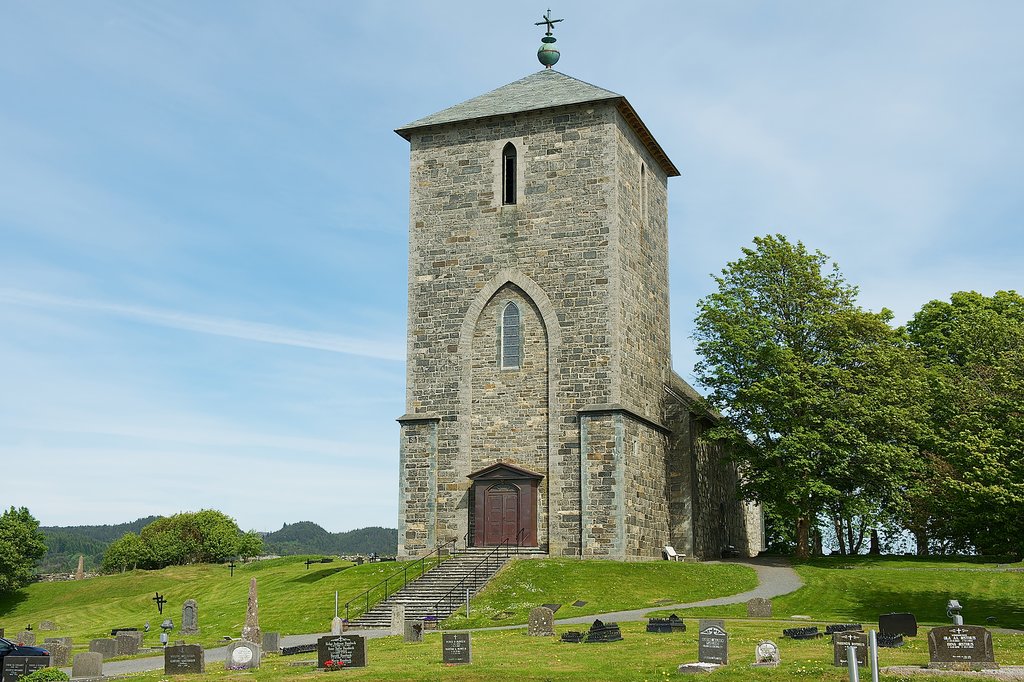
Approximately five hours south of Bergen, nestled along the scenic fjord coast near Haugesund, lies Avaldsnes. This historically significant site served as the royal seat of Norway and the residence of the legendary Harald Fairhair. Avaldsnes is widely regarded as the birthplace of Viking Norway, a place where the foundations of the nation’s identity were forged. Today, Avaldsnes is home to the Nordvegen History Centre and Viking Farm, both of which offer insightful glimpses into the Viking era.
Currently, ongoing excavations are unearthing remnants of what is believed to be one of the oldest Viking settlements in the world, adding to the site’s intrigue and historical value. In addition to the History Centre and Viking Farm, visitors can explore the historic church, replica houses, and expansive grounds, all of which contribute to a comprehensive understanding of the site’s historical significance.
For a hands-on experience, venture to Millstone Park in Hyllestad. Here, you are encouraged to actively participate in activities that would have been commonplace during the Viking age, such as baking bread, grinding grain, and crafting soapstone jewelry. After immersing yourself in the Viking era, return to the 21st century with a drive to the islands of Utvær, the westernmost islands in Norway. Embark on a guided tour from Hardbakke, spending the day exploring the island, its historic lighthouse, and its Viking heritage. As you explore, keep an eye out for the intriguing marks on the mountainside on the east side of the bay. Legend has it that these marks were created by Viking soldiers sharpening their swords, a testament to the island’s rich history and enduring connection to the Viking age.
If time allows, consider visiting Dollsteinhola Cave in Sandsøya, one of the largest caves in Norway. Be sure to bring a jacket, as the cave’s passageways and rooms can be quite chilly. Local myths speak of hidden treasures buried within the cave’s depths, inviting you to embark on a treasure hunt of your own.
## Discovering Viking History Around Oslo
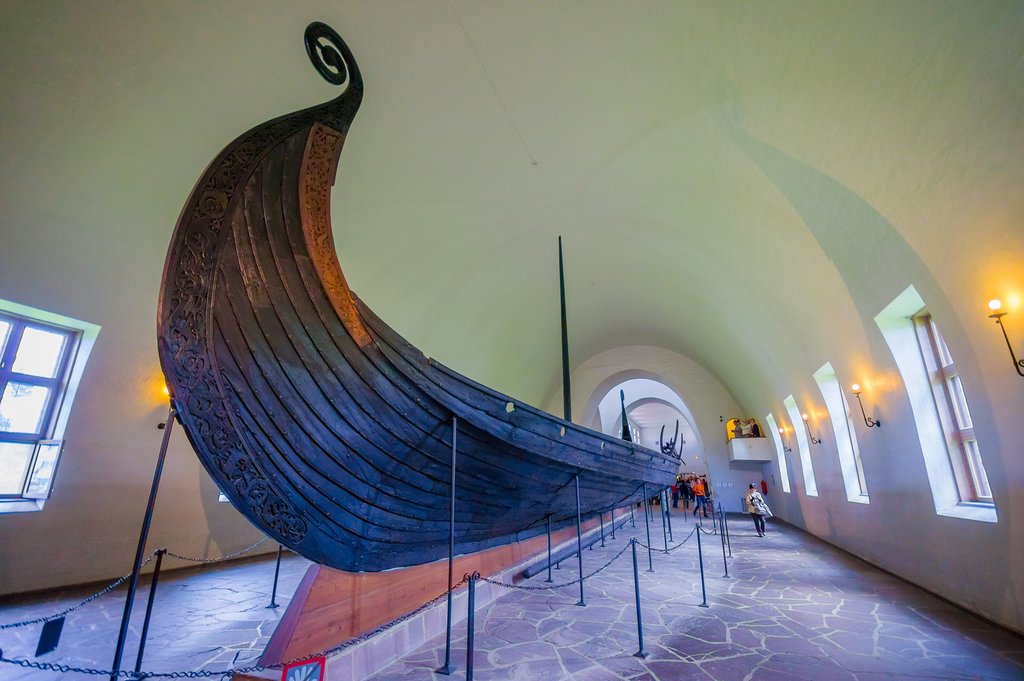
Oslo, a modern and cosmopolitan European city, offers a different perspective on Norway’s history. While you won’t find sprawling Viking farms within the city limits, Oslo is home to the Viking Ship Museum, or Vikingskipshuset, which houses the best-preserved Viking ship in the entire world. Admission to the museum also includes access to the Historical Museum, further enriching your understanding of Norway’s past.
The Viking Ship Museum offers engaging exhibits, including “The Viking Age is Alive,” a hands-on experience that utilizes virtual reality technology to transport visitors back in time. Through immersive 3D movies projected onto the walls and ceiling of the building, you can experience the Viking age in a truly unforgettable way.
For an added historical excursion, consider a day trip to Tønsberg, located an hour south of Oslo. Tønsberg is one of Norway’s oldest cities and offers a glimpse into the country’s early history. If your travels coincide with the annual Tonsberg Viking Festival in September, you’ll have the opportunity to witness the world-famous Oseberg ship, a remarkably well-preserved Viking ship that was rediscovered in the waters near Tønsberg in 1904.
## Exploring the Viking Legacy on the Lofoten Islands
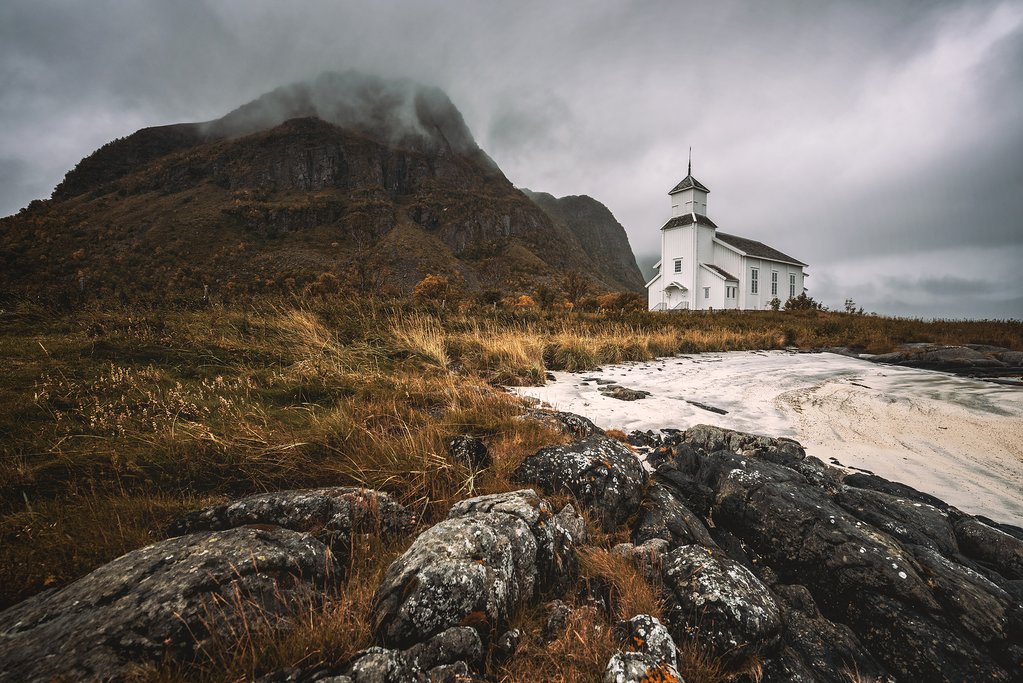
While Oslo boasts the most impressive Viking ship, the Lofotr Viking Museum, located in Borg on the Lofoten Islands, is home to the world’s largest reconstructed traditional Viking longhouse. In addition to exploring the ancient grounds of the museum, visitors can participate in a variety of immersive activities, including sailing in a reconstructed Viking ship and indulging in a traditional Viking feast cooked over an open fire. If you’re fortunate, your visit may coincide with one of the many festivals hosted by the museum throughout the year, offering an even deeper dive into Viking culture and traditions.
## Embracing the Authentic Side of Norway: Farm Stays in Rural Norway

Norway’s history extends far beyond the Viking era. To truly experience the authentic, slower-paced, and more rural side of Norwegian life, consider booking a stay at one of the hundreds of farms that welcome visitors throughout the country. Some farms specialize in organic farming, inviting you to participate in daily tasks and learn about sustainable agriculture. Others offer a glimpse into medieval farming practices, while still others provide simple cabins or cottages nestled in the mountainside, offering a tranquil escape from the hustle and bustle of modern life.
For thousands of years, farming and fishing were the cornerstones of Norwegian society, and in many places, life has remained remarkably unchanged. You don’t necessarily need a guided tour to fully appreciate the essence of a place. Sometimes, the most rewarding cultural experiences come from simply slowing down, observing your surroundings, and immersing yourself in the rhythms of daily life.
## Admiring the Timeless Beauty of Historic Stave Churches
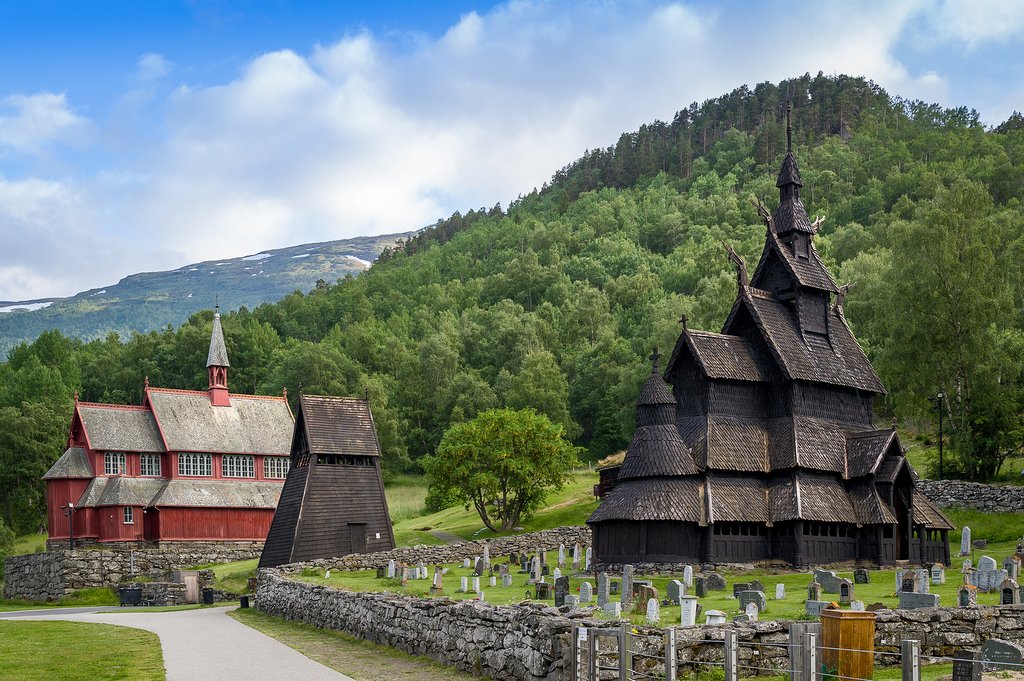
While stave churches once dotted the landscape of Northern Europe, these intricately hand-carved wooden structures are now primarily associated with Norway. Built during the Middle Ages, these architectural marvels are adorned with pre-Christian symbols that date back to the Viking era. Keep an eye out for dragons and other mythical creatures carved into the wood, offering a glimpse into the beliefs and artistic traditions of the past.
Among the 28 stave churches that still stand today, a few are particularly noteworthy. Heddal Stave Church is the largest stave church in Norway, a testament to the ambition and skill of its builders. Borgund Stave Church is arguably the most distinct and well-preserved, showcasing the intricate craftsmanship that defines these architectural wonders. Urnes Stave Church, the oldest stave church in Norway, holds the distinction of being a UNESCO World Heritage Site, a recognition of its historical and cultural significance. Heddal Stave Church, built in the 1200s, continues to be an active place of worship, offering English-language tours almost daily. Borgund Stave Church features engaging art exhibits and a visitor center that provides valuable historical context. Urnes Stave Church, dating back to around 1130, stands as a remarkable example of medieval architecture and artistic expression.
For a more off-the-beaten-path experience, consider visiting Hopperstad, Høre, Hedalen, Flesberg, Lom, or Ringebu Stave Churches. Each of these churches offers a unique glimpse into Norway’s rich history and cultural heritage, and provides an opportunity to escape the crowds and connect with the past in a more intimate setting. Exploring these hidden gems is a rewarding way to deepen your understanding of Norway’s complex history and appreciate the enduring legacy of its medieval past.
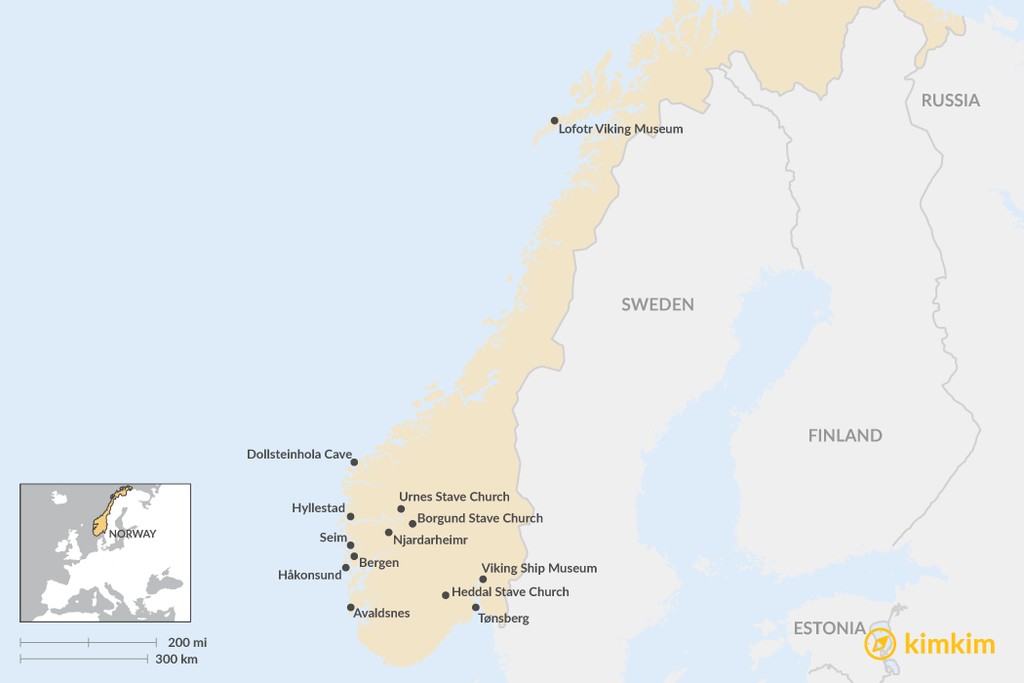
B-1973

